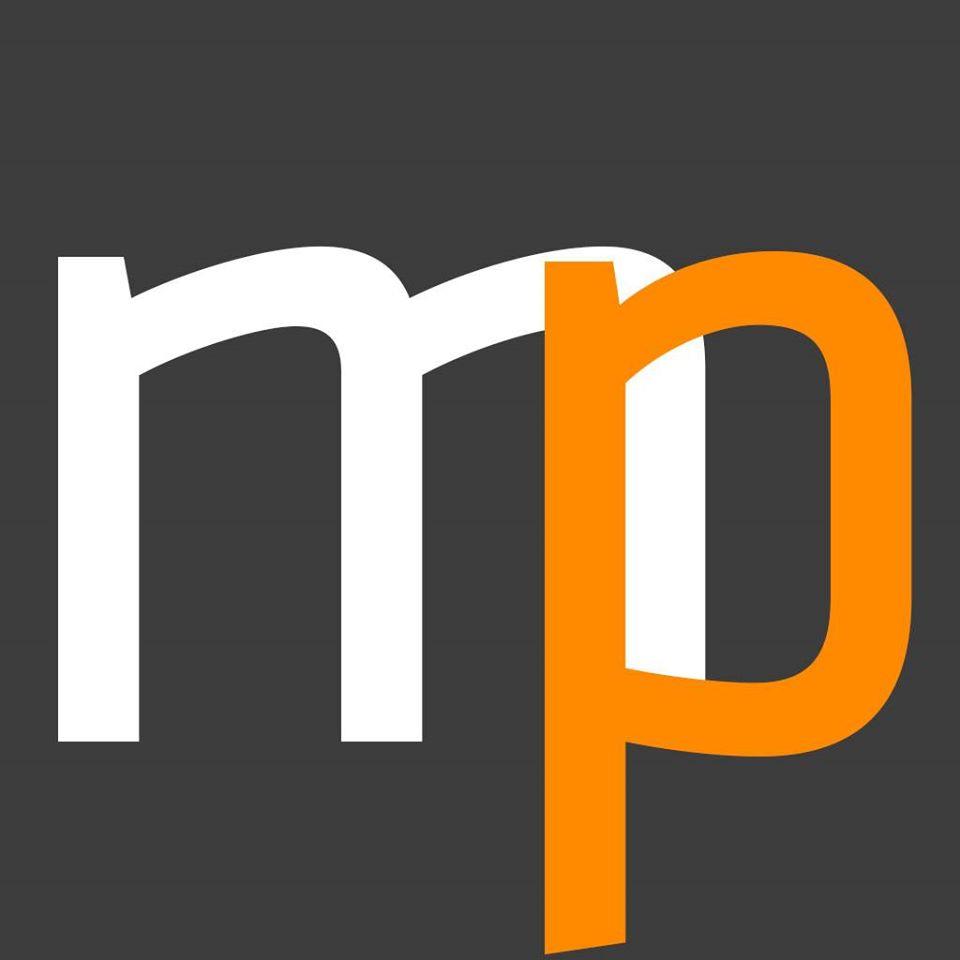Dairy-free Yogurt industry Share, Analysis, Growth, overview and forecast to 2032.
The global dairy-free yogurt market has been experiencing remarkable growth in recent years, driven by a shift in consumer preferences towards healthier and plant-based alternatives. This market offers a diverse range of dairy-free yogurt options that cater to various dietary restrictions, making it a dynamic and ever-evolving industry. In this article, we will delve into the market's size, share, growth prospects, overview, scope, drivers, restraints, segmentation, and regional analysis to provide a comprehensive understanding of this burgeoning sector.
The Dairy-free Yogurt market size is projected to grow from USD9.3539 Billion in 2023 to USD 13.9256 billion by 2032, exhibiting a compound annual growth rate (CAGR) of 5.10% during the forecast period (2023 - 2032)
Market Overview
Dairy-free yogurt, often made from plant-based sources like almond, soy, coconut, or oats, has gained popularity due to its various health benefits and suitability for lactose-intolerant individuals, vegans, and those looking to reduce their dairy consumption. This yogurt alternative has also become a favored choice among health-conscious consumers seeking products with lower cholesterol and saturated fat content.
Market Scope
The dairy-free yogurt market has a vast scope and includes a wide range of products such as yogurt cups, drinkable yogurt, yogurt-based desserts, and yogurt alternatives for cooking and baking. The scope extends beyond just catering to dietary restrictions; it also appeals to environmentally conscious consumers who are concerned about the sustainability of dairy production.
Drivers and Restraints
Drivers:
Health and Wellness Trends: Growing health awareness has led consumers to seek dairy-free options as they look for products with fewer allergens and potential health benefits, such as improved digestion.
Vegan and Plant-Based Diets: The increasing adoption of vegan and plant-based diets is a significant driver. Dairy-free yogurt provides a protein-rich and calcium-fortified alternative for these consumers.
Environmental Concerns: Dairy production has a substantial environmental footprint, and consumers are becoming more eco-conscious. The dairy-free yogurt market aligns with sustainability goals as it requires fewer resources like water and land.
Flavor Innovation: Continuous innovation in flavors and textures by manufacturers has expanded the appeal of dairy-free yogurt, making it more enticing to a broader audience.
Request for free sample copy:
https://www.marketresearchfuture.com/sample_request/7320
Restraints:
Cost: Dairy-free yogurt products can be more expensive than traditional dairy yogurt, which can deter price-sensitive consumers.
Taste and Texture: Achieving the same taste and texture as dairy yogurt can be challenging, leading some consumers to be hesitant about trying dairy-free alternatives.
Allergen Concerns: Some dairy-free yogurt products may contain allergens like nuts or soy, limiting their suitability for individuals with allergies.
Segmentation
The dairy-free yogurt market can be segmented based on various factors, including:
Type: Segmented by yogurt base, such as almond, soy, coconut, oats, and others.
Flavor: Offering a variety of flavors like vanilla, strawberry, plain, and exotic options.
Distribution Channel: Including supermarkets, hypermarkets, specialty stores, online retail, and others.
Geography: Analyzing the market's performance in different regions.
Market Share
The dairy-free yogurt market share has witnessed substantial growth in recent years. As of my last knowledge update in September 2021, the market was valued at over $2 billion, and it was expected to continue its upward trajectory. However, it's important to note that market figures may have changed since then, and updated statistics would be required for a precise assessment of its current size and share.
Dairy-free Yogurt industry Share, Analysis, Growth, overview and forecast to 2032.
The global dairy-free yogurt market has been experiencing remarkable growth in recent years, driven by a shift in consumer preferences towards healthier and plant-based alternatives. This market offers a diverse range of dairy-free yogurt options that cater to various dietary restrictions, making it a dynamic and ever-evolving industry. In this article, we will delve into the market's size, share, growth prospects, overview, scope, drivers, restraints, segmentation, and regional analysis to provide a comprehensive understanding of this burgeoning sector.
The Dairy-free Yogurt market size is projected to grow from USD9.3539 Billion in 2023 to USD 13.9256 billion by 2032, exhibiting a compound annual growth rate (CAGR) of 5.10% during the forecast period (2023 - 2032)
Market Overview
Dairy-free yogurt, often made from plant-based sources like almond, soy, coconut, or oats, has gained popularity due to its various health benefits and suitability for lactose-intolerant individuals, vegans, and those looking to reduce their dairy consumption. This yogurt alternative has also become a favored choice among health-conscious consumers seeking products with lower cholesterol and saturated fat content.
Market Scope
The dairy-free yogurt market has a vast scope and includes a wide range of products such as yogurt cups, drinkable yogurt, yogurt-based desserts, and yogurt alternatives for cooking and baking. The scope extends beyond just catering to dietary restrictions; it also appeals to environmentally conscious consumers who are concerned about the sustainability of dairy production.
Drivers and Restraints
Drivers:
Health and Wellness Trends: Growing health awareness has led consumers to seek dairy-free options as they look for products with fewer allergens and potential health benefits, such as improved digestion.
Vegan and Plant-Based Diets: The increasing adoption of vegan and plant-based diets is a significant driver. Dairy-free yogurt provides a protein-rich and calcium-fortified alternative for these consumers.
Environmental Concerns: Dairy production has a substantial environmental footprint, and consumers are becoming more eco-conscious. The dairy-free yogurt market aligns with sustainability goals as it requires fewer resources like water and land.
Flavor Innovation: Continuous innovation in flavors and textures by manufacturers has expanded the appeal of dairy-free yogurt, making it more enticing to a broader audience.
Request for free sample copy: https://www.marketresearchfuture.com/sample_request/7320
Restraints:
Cost: Dairy-free yogurt products can be more expensive than traditional dairy yogurt, which can deter price-sensitive consumers.
Taste and Texture: Achieving the same taste and texture as dairy yogurt can be challenging, leading some consumers to be hesitant about trying dairy-free alternatives.
Allergen Concerns: Some dairy-free yogurt products may contain allergens like nuts or soy, limiting their suitability for individuals with allergies.
Segmentation
The dairy-free yogurt market can be segmented based on various factors, including:
Type: Segmented by yogurt base, such as almond, soy, coconut, oats, and others.
Flavor: Offering a variety of flavors like vanilla, strawberry, plain, and exotic options.
Distribution Channel: Including supermarkets, hypermarkets, specialty stores, online retail, and others.
Geography: Analyzing the market's performance in different regions.
Market Share
The dairy-free yogurt market share has witnessed substantial growth in recent years. As of my last knowledge update in September 2021, the market was valued at over $2 billion, and it was expected to continue its upward trajectory. However, it's important to note that market figures may have changed since then, and updated statistics would be required for a precise assessment of its current size and share.


